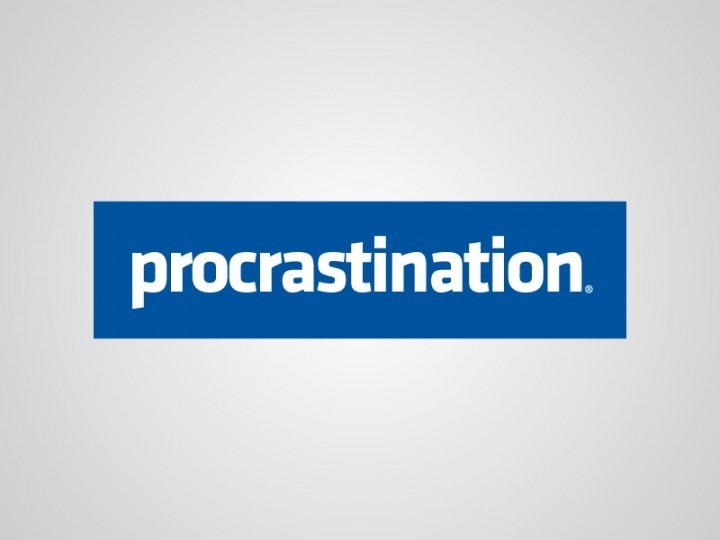“Hey Mom, What type of
bird is that?” “It’s just a delivery drone honey.” An
interaction such as this could become commonplace if the FAA agrees to allow
and draft rules for delivery drones from companies like Google Inc., Amazon, and
DHL.
Amazon was the first to reveal the new technology in the U.S, but competitors were working on their own renditions of the helicopter/drone with package delivering capabilities simultaneously. The same system has been approved for Zookal, a textbook company, in Australia where the system is completely legal. Even a U.K. Dominos branch delivered two pizzas with a drone.
Amazon was the first to reveal the new technology in the U.S, but competitors were working on their own renditions of the helicopter/drone with package delivering capabilities simultaneously. The same system has been approved for Zookal, a textbook company, in Australia where the system is completely legal. Even a U.K. Dominos branch delivered two pizzas with a drone.
 While the idea of drone delivery sounds very promising, a
slew of problems also come to mind that would inhibit its' functionality. The first potential problem, and arguably the most ludicrous, is
people shooting drones down to steal packages, similar to a clay pigeon target. Aside from that, more
realistic concerns of opportunistic theft and weather come to mind. The idea of a slow moving drone delivering a package could attract the attention of petty thieves nearby. In an
interview with drone expert Missy Cummings, it was said that drones would only have a delivery range of 10 miles from a distribution center. They also wouldn’t be able to handle more than a light rain. Unless people live very close to a
major city, this service will most likely not be available to them.
While the idea of drone delivery sounds very promising, a
slew of problems also come to mind that would inhibit its' functionality. The first potential problem, and arguably the most ludicrous, is
people shooting drones down to steal packages, similar to a clay pigeon target. Aside from that, more
realistic concerns of opportunistic theft and weather come to mind. The idea of a slow moving drone delivering a package could attract the attention of petty thieves nearby. In an
interview with drone expert Missy Cummings, it was said that drones would only have a delivery range of 10 miles from a distribution center. They also wouldn’t be able to handle more than a light rain. Unless people live very close to a
major city, this service will most likely not be available to them.
The constant push for bigger, better, faster has reached a point where it might not be helpful to improve logistics methods in this way. Until further refined, this innovation might need to slowed down and rethought in order to maximize functionality.

